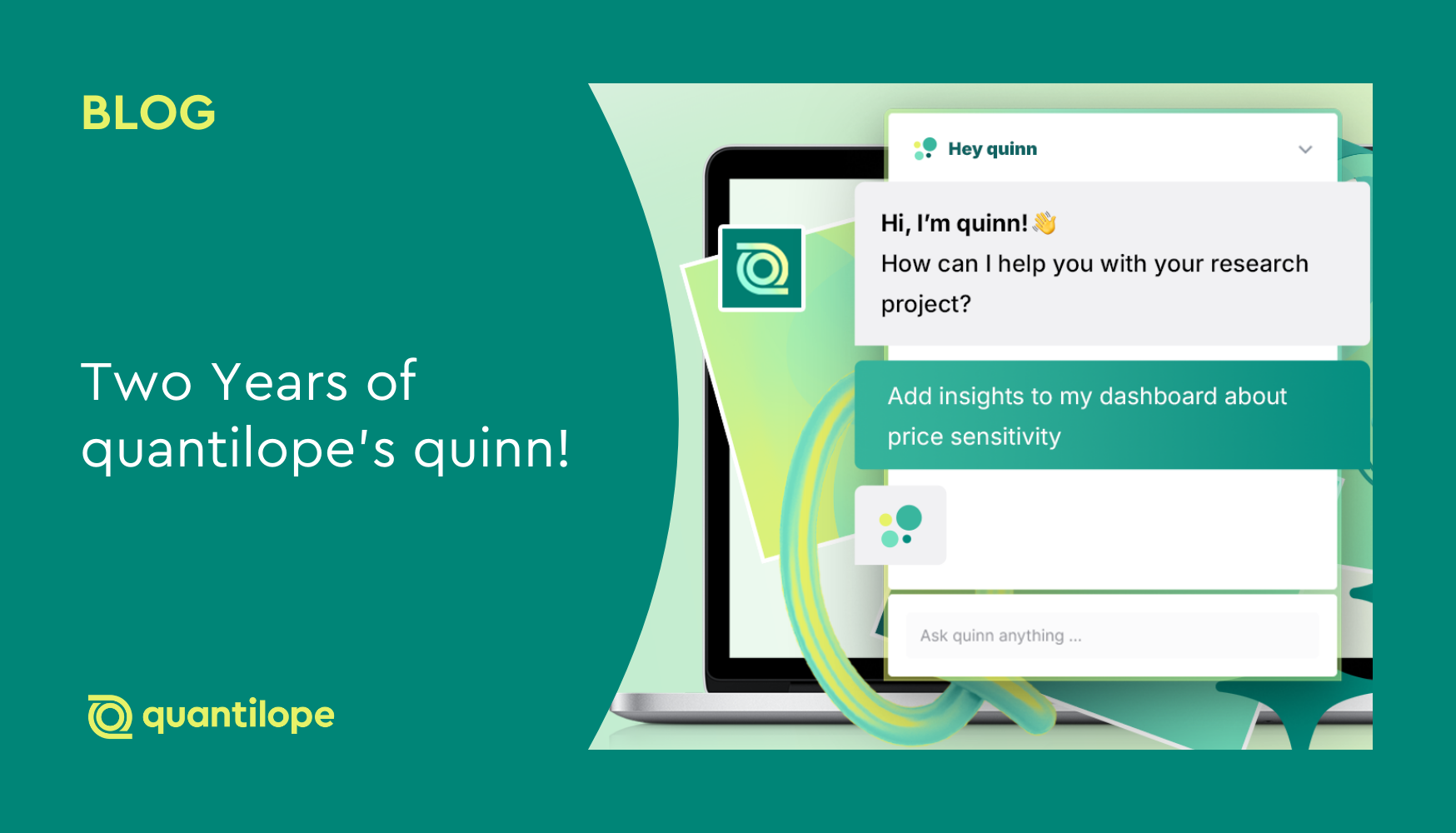After taking a peek at where video market research may be in the future, we decided to take a look-back at the journey market research, and specifically surveys, have taken to get where we are today.
Adverts are saturated with statistics like 'Nine out of ten women love our product' and '79% of people can't taste the difference'. And we're confronted with research like this daily, either as participants of their studies or as recipients of their results. We find these statements quoted on TV advertising, in government reports, magazines and newspapers and is the driving force for most new products and campaigns.
Since the middle ages, survey research has evolved to become a fast-paced, multimedia experience. From the national census, to mobile video research and online vox pops... when it comes to surveys, where did we come from and, crucially, where are we going?
Surveys are important to gather a consensus, to test the effectiveness of a product or to establish a market trend, so it's no wonder that our lives are overrun with them. And we wouldn't be in the hi-tech world of video market research today, if not for some major surges in survey science along the way.
The first step
When the Domesday Book survey was undertaken in the Middle Ages, officials were instructed to respond on behalf of the general public, who were mistrusted to answer satisfactorily. They reported extensively on how many people occupied which land and what animals they owned, amongst other things.
Informants continued responding on behalf of the commonality for centuries. For years, factory owners would report on the conditions of their workers, rather than the workers themselves, which ultimately led to skewed ethnographic research results and incorrect data.
Today, we recognise this kind of skew in results as 'research bias'. It can be dangerous and in the most extreme cases (like in the pharmaceutical industry) research bias can serious and harmful repercussions. Although bias of some degree is unavoidable, purposfullly skewing results is unethical and irresponsible. And once this danger was recognised, the first leap in survey methods fell into place.
In the 19th century, Henry Mayhew interviewed the London public themselves about their living and working conditions. This survey grasped a previously unpublished view of street life and so was a bold step in unifying surveys and moving away from inherently biased results.
It was a revolution in surveying and a sturdy move towards the online vox pop style seen in market research trends today. The term 'vox pop' literally means 'voice of the people' and this was the first time the voice of the ordinary person was valued over informants.
The next hurdle
But Henry Mayhew surveyed tens of thousands of people during the course of his research. So the next revolution in survey research was to determine that smaller sample sizes can generate an equally accurate result. So, how many responses do you need to produce reliable results for your market research analysis?
While simple statistical equations are used to strike the perfect balance between sample size and accuracy, handy online tools will quickly generate the answer for you, based on your desired level of accuracy and your expected variation in responses. For example, if you wanted to gauge the opinion of a whole city with, say, 20,000 citizens, the sample size calculator would slim the number of participants you needed down to 377 respondents (with a 95% confidence level and a 5% margin of error).
Once it was realised statistically significant results could be achieved within an appropriate level of accuracy even when decreasing the number of respondents, the final stretch in the evolution of market research could be achieved.
The final stretch
The most recent and most significant revolution in survey technique has come with the advent of communication technology.
Air travel. Telephone networks. Improved infrastructure. The internet. These invaluable innovations have immeasurably changed the way we live our lives, as well as the way we gather and evaluate market research.
Today, 80% of internet users access the web via a personal device and worldwide 2 billion consumers own a smartphone. But despite the fact that online surveys have become altogether more mobile, consumers these days are inconvenienced by the prospect of typing out long responses into the open-ended text boxes often provided in conventional surveys.
With an online video survey, you remove the communication barrier posed by text alone. You can pose a video question to as many recipients as you like and within minutes watch your responses back. Online video research has revolutionised the way we explore the marketplace, allowing you to analyse not only the content of the responses but also the tone of voice and body language of your respondents, giving you an even fuller picture.
Using video research techniques enables you to gather opinion and analyse responses, unbound by location, time or discipline, giving you the scope to evolve your project organically.




.png)